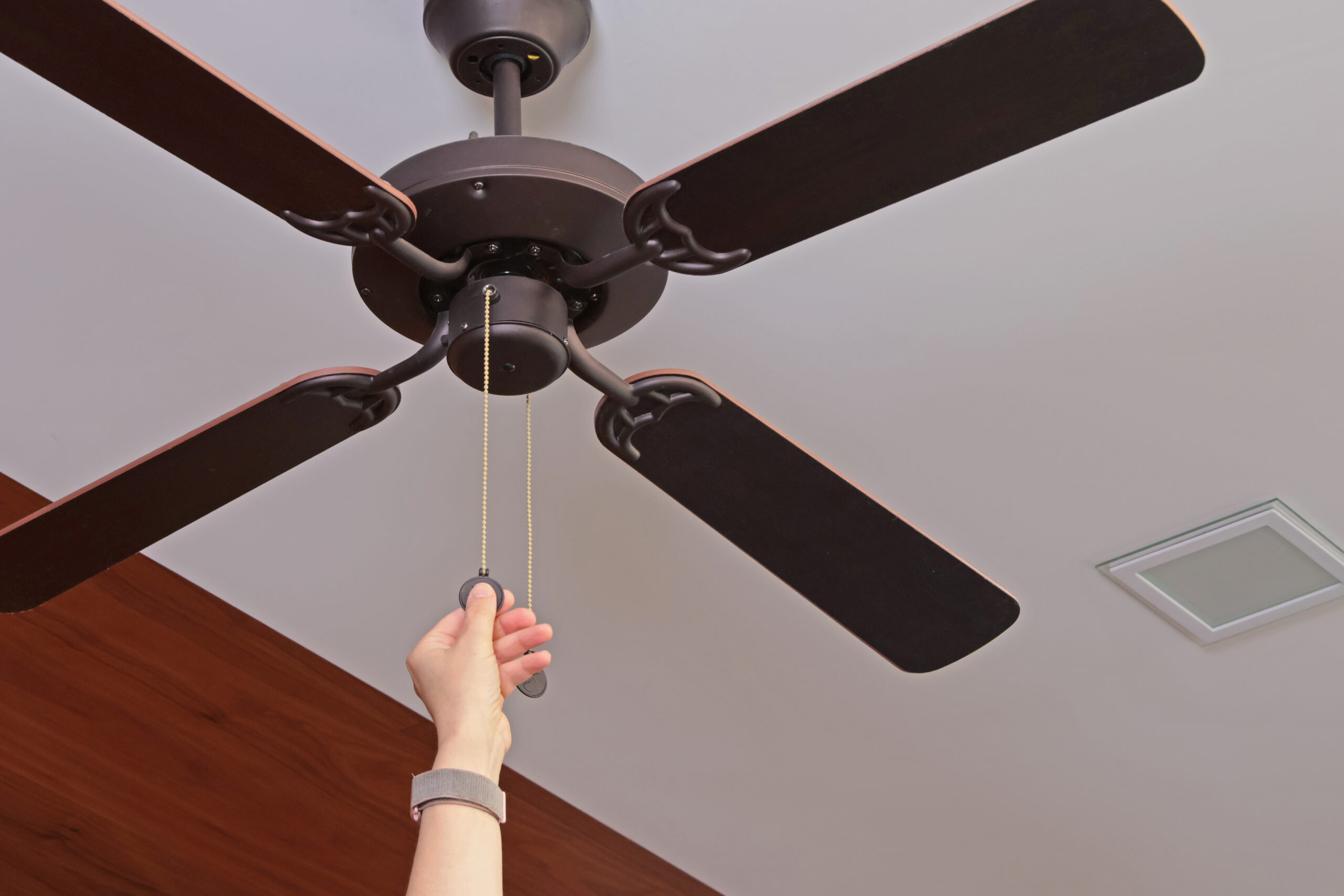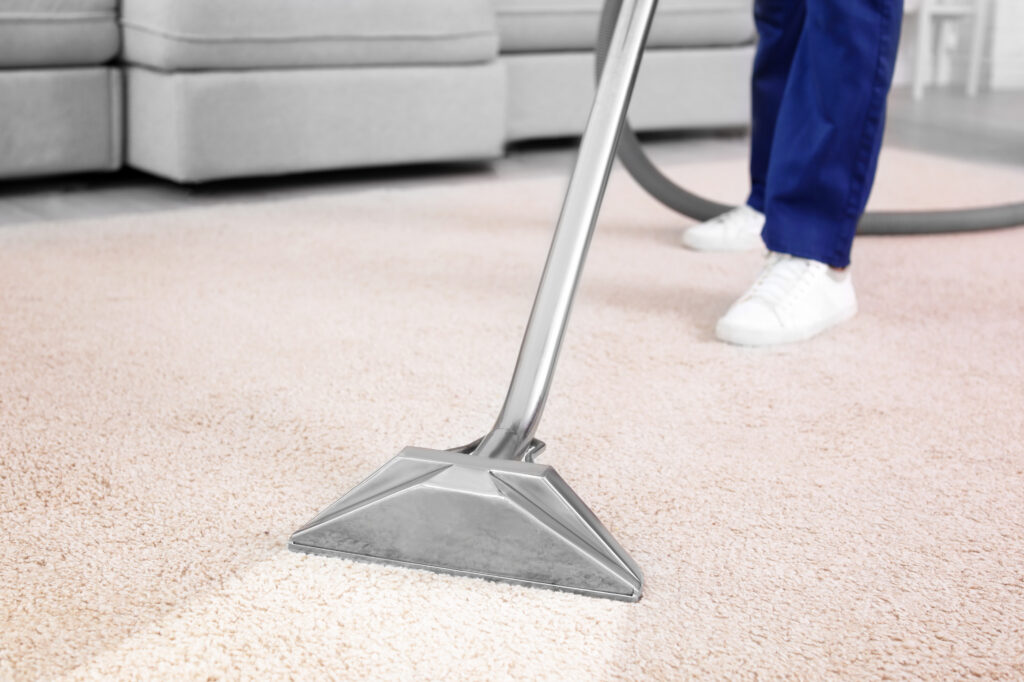Ceiling Fan Direction: What Homeowners Need to Know (and Why It Matters)
Ceiling fans—humble, spinning blades that hang above us almost unnoticed—actually pull more weight in your home’s comfort and energy efficiency than most people think. They’re not just adorable relics from your grandma’s living room or a way to add a vintage-y aesthetic to the den. If you’ve ever stood under a ceiling fan and felt that cool breeze on a stuffy day, you already understand the basics. But the kicker here is that ceiling fans aren’t just for cooling, and yes, that little switch on the fan that changes the blade direction? It actually matters—like, significantly. From how your home feels season to season, to implications for HVAC strain and even your home warranty coverage, fan direction plays a stealthy, surprisingly important role.
So, What Does Ceiling Fan Direction Actually Mean?
Okay, pause whatever you’re doing—yes, even scrolling Instagram—and glance up at your ceiling fan. Is it spinning clockwise or counterclockwise? Don’t worry if you’ve never paid attention (most people haven’t), but here’s where it gets interesting: that direction actually impacts whether your fan helps cool or warm a room. In the summer, your fan should spin counterclockwise. This pushes air down and creates a wind-chill effect, making the room feel cooler without actually lowering the temperature. In winter, you want the fan on a low clockwise setting to gently pull cooler air up and push warm air down along the walls. Boom—temperature consistency without touching the thermostat. Neat, right?
How Ceiling Fans Work with Your HVAC System
You know how your air conditioner sometimes seems to be doing the absolute most on a 90-degree day? Or how your heater cranks all night in January and you’re still under three blankets? This is where your ceiling fan can step in as the reliable sidekick. Fans help circulate the air that your HVAC works so hard to heat or cool. That direction switch—usually a tiny toggle on the motor housing—lets you decide whether the fan is pushing air down or pulling it up. This airflow determines how evenly temperature is distributed, which in return impacts how hard your HVAC system has to work. Less strain = longer life span for your system and potentially fewer service calls (hint: your home warranty loves that).
Benefits of Using the Correct Fan Direction
There are actual perks to flipping that switch as the seasons change. First, efficiency—ceiling fans can make a room feel 4 to 6 degrees cooler during summer, allowing you to raise the thermostat without sacrificing comfort. That’s immediate energy savings. In winter, the reverse flow reduces the amount of heat trapped up near the ceiling, making you feel warmer without bumping up the thermostat. Second, this temperature consistency is a friend to your home’s mechanical systems, from your furnace to your HVAC. Fewer ups and downs means fewer malfunctions and, in a perfect world, fewer home warranty claims. Which brings us neatly to a third perk: it just makes sense for anyone with a home warranty to use their systems wisely. Stretching the lifespan of covered systems like HVAC means you’re less likely to experience gaps or gray areas in coverage caused by misuse or unnecessary wear.
Common Mistakes Homeowners Make with Ceiling Fan Usage
Alright, let’s be real—most people install ceiling fans and then forget about them. Or worse, they use them inefficiently. A few of the top offenses? Leaving fans on in empty rooms (fans move air, they don’t cool rooms unless someone’s in them), never adjusting the direction seasonally, or running them at high speed year-round. Also, dirty fan blades? A whole mood killer. Not only does dust buildup affect performance—it’s not great for indoor air quality either. So yeah, you really do want to give them a quick dust swipe every once in a while. Another biggie: installing fans that are too small or too large for the room. And yes, if your home warranty plan covers electrical or HVAC, using improperly installed or wrongly sized equipment might give the warranty provider a reason to raise an eyebrow when you file a claim. Worth thinking about.
How to Change Your Ceiling Fan Direction Safely
No, you don’t need to be an electrician or even particularly handy. Changing your fan’s blade direction is usually as simple as flipping a tiny switch on the fan’s motor housing. If you can’t reach it, a step stool does the trick. Some newer fan models even have remote control or smart app functionality where you can choose the direction with a few taps. If your fan wobbles or clicks when the direction is changed, it might need to be rebalanced, which is a pretty easy fix—just check the blade brackets and tighten any loose screws. Oh, and turn off the fan before touching anything. Trust me on that one.
Does Fan Direction Impact Home Warranty Claims?
Often yes—though not directly. Your home warranty doesn’t cover user error or neglect. So if your HVAC system burns out because it’s overcompensating for poor airflow year after year, your provider might take a closer look at how it was being used. While ceiling fans themselves aren’t always covered by standard home warranty plans, the systems they interact with (hello, HVAC) absolutely are. Smart use of air circulation tools like ceiling fans can help your major systems function better—making repair or replacement disputes less likely. Basically, using your fan properly doesn’t just keep you comfy—it keeps your warranty in your corner, not against you.
Why You Should Choose Armadillo for Your Home Warranty
Let’s land this fan-blade of a blog with a clear takeaway: you don’t need to reinvent your home to use it smarter. Small habits, like knowing the right direction for your ceiling fan, can make a real difference. And when you’re backed with the right home warranty provider—like Armadillo—you gain peace of mind knowing that if systems or appliances do go sideways, you’re covered. Armadillo offers modern, flexible coverage that’s refreshingly straightforward (unlike reading a manual for, say, fixing a wobbly fan). Get custom-fit protection for your home systems and appliances, including HVAC, with plans built around your needs. Curious? Explore all that Armadillo has to offer on our homepage at https://www.armadillo.one or start building your plan today at https://app.armadillo.one/plan-builder?current=zip. Comfort, covered—no sweat (or maybe just a light breeze from a well-directed ceiling fan).

























